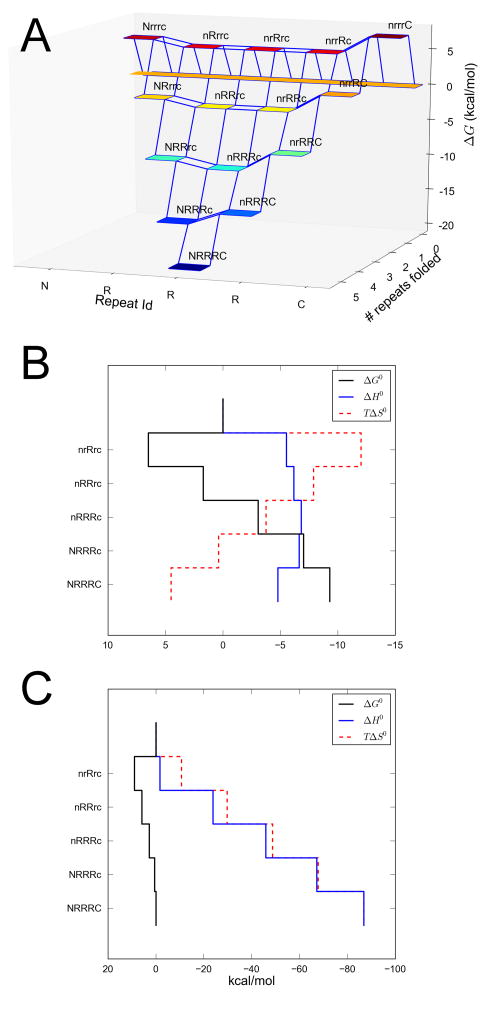Figure 6. Folding free energy landscape of NR3C.
(A) Colored squares correspond to partially folded microstates. Folded and unfolded repeats are indicated using upper and lower case, respectively (e.g., nrRRC has the N-cap and first R repeat unfolded, the last three repeats folded). Energies are calculated at 20°C in the absence of GdnHCl. (B, C) Free energy, entropy, and enthalpy versus extent of folding (vertical). At low temperature (20 °C; panel B), structuring the first repeat is unfavorable because it is entropically costly. When subsequent repeats are added, the array becomes stabilized, largely as a result of a favorable energy increase from interfacial pairing, but also because of a modest enthalpy decrease. At high temperature (Tm=84°C; panel C), enthalpy and entropy compensate one another. This compensation is imperfect, such that the first repeats to fold are entropically destabilized more than they are enthalpically stabilized, rarifying partly folded states.

